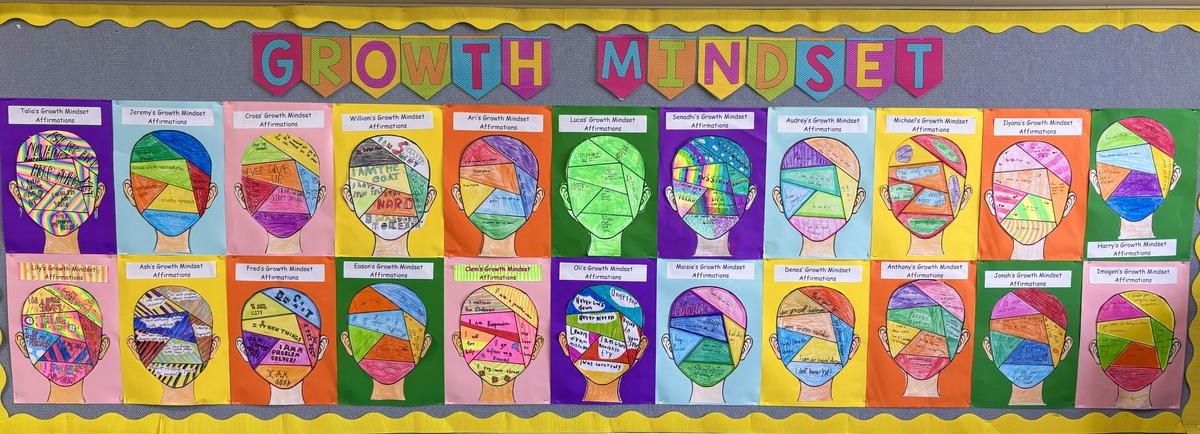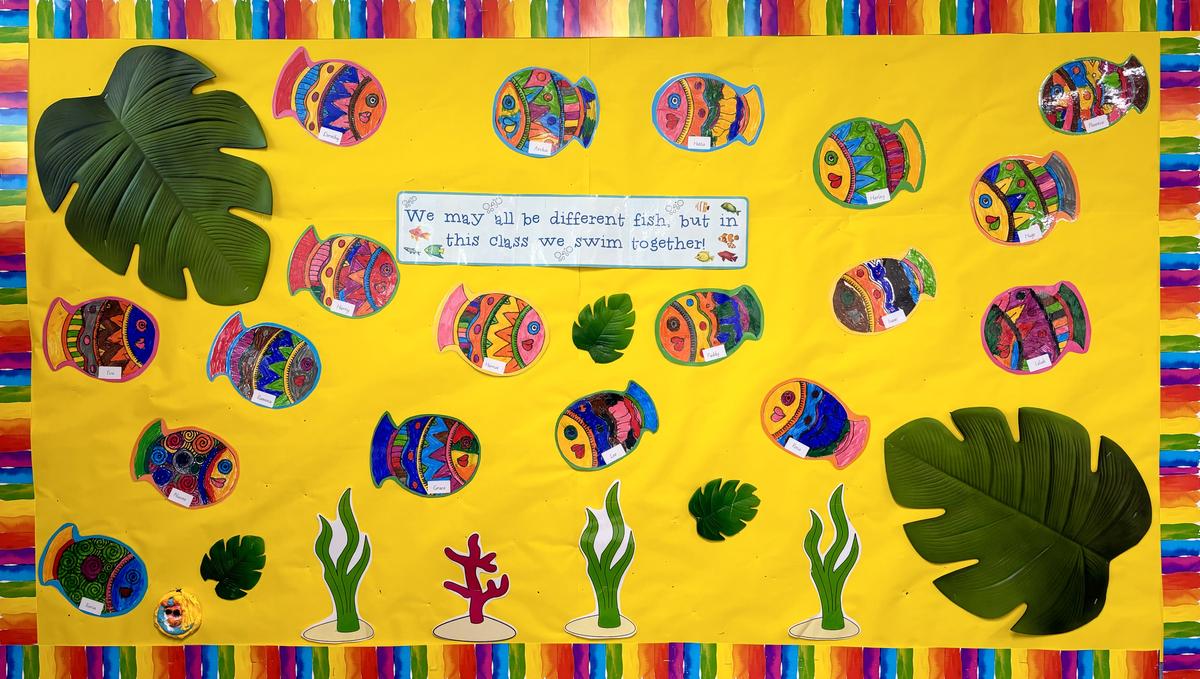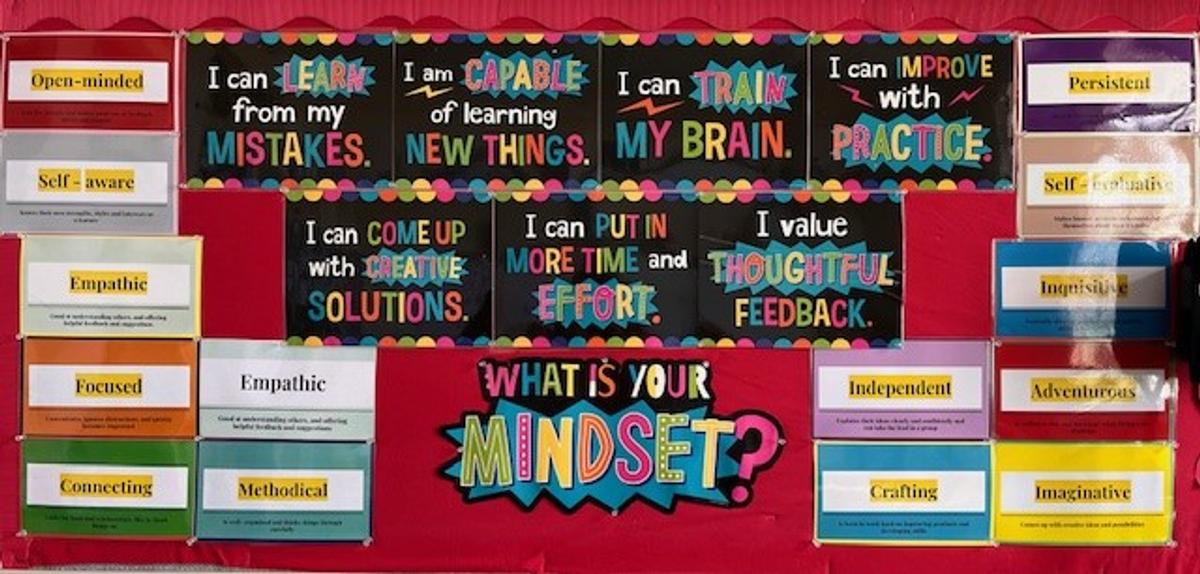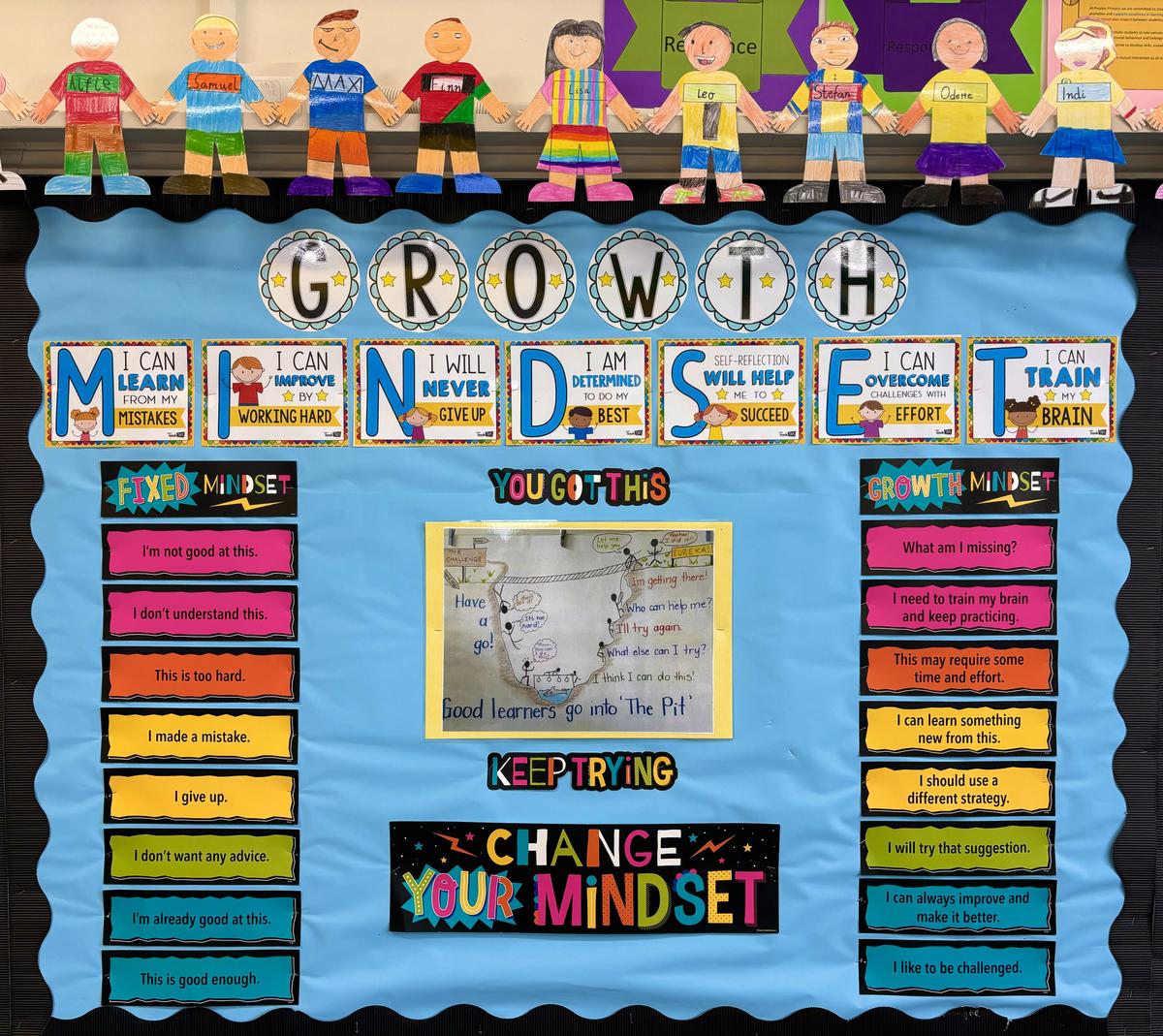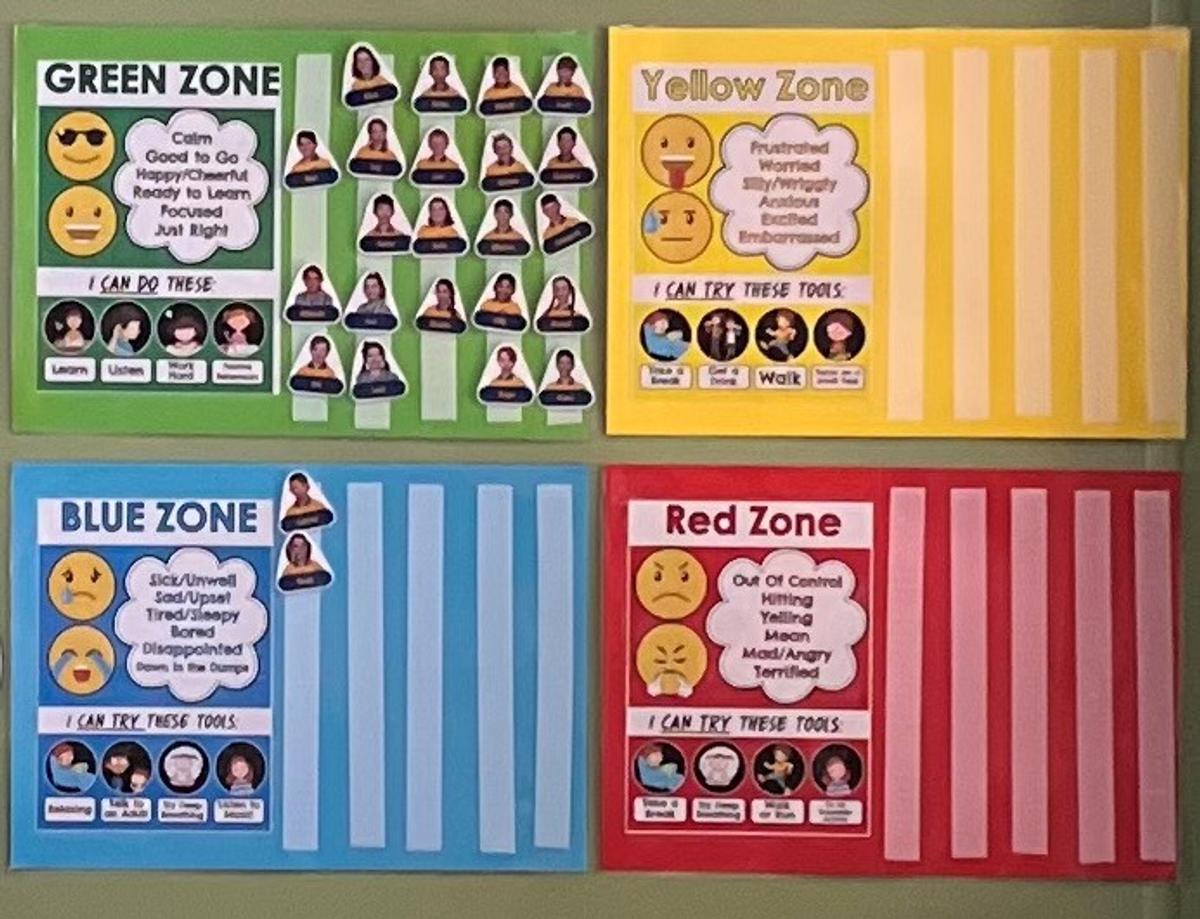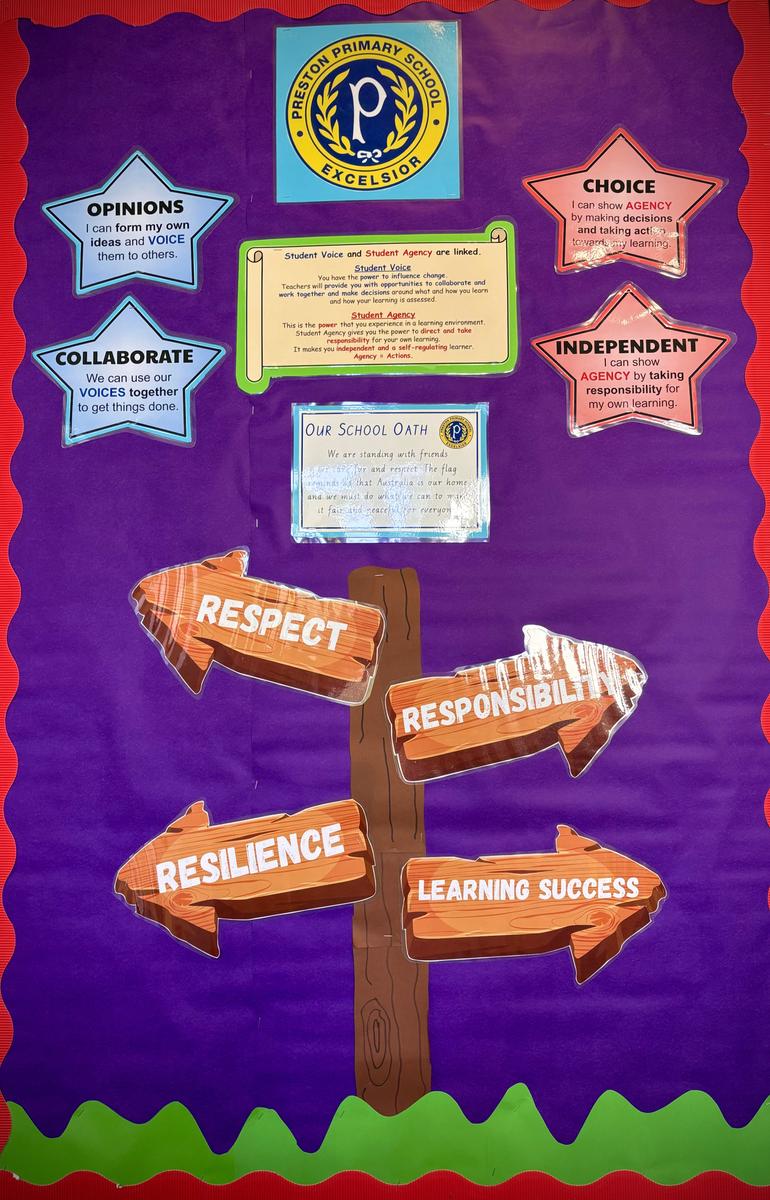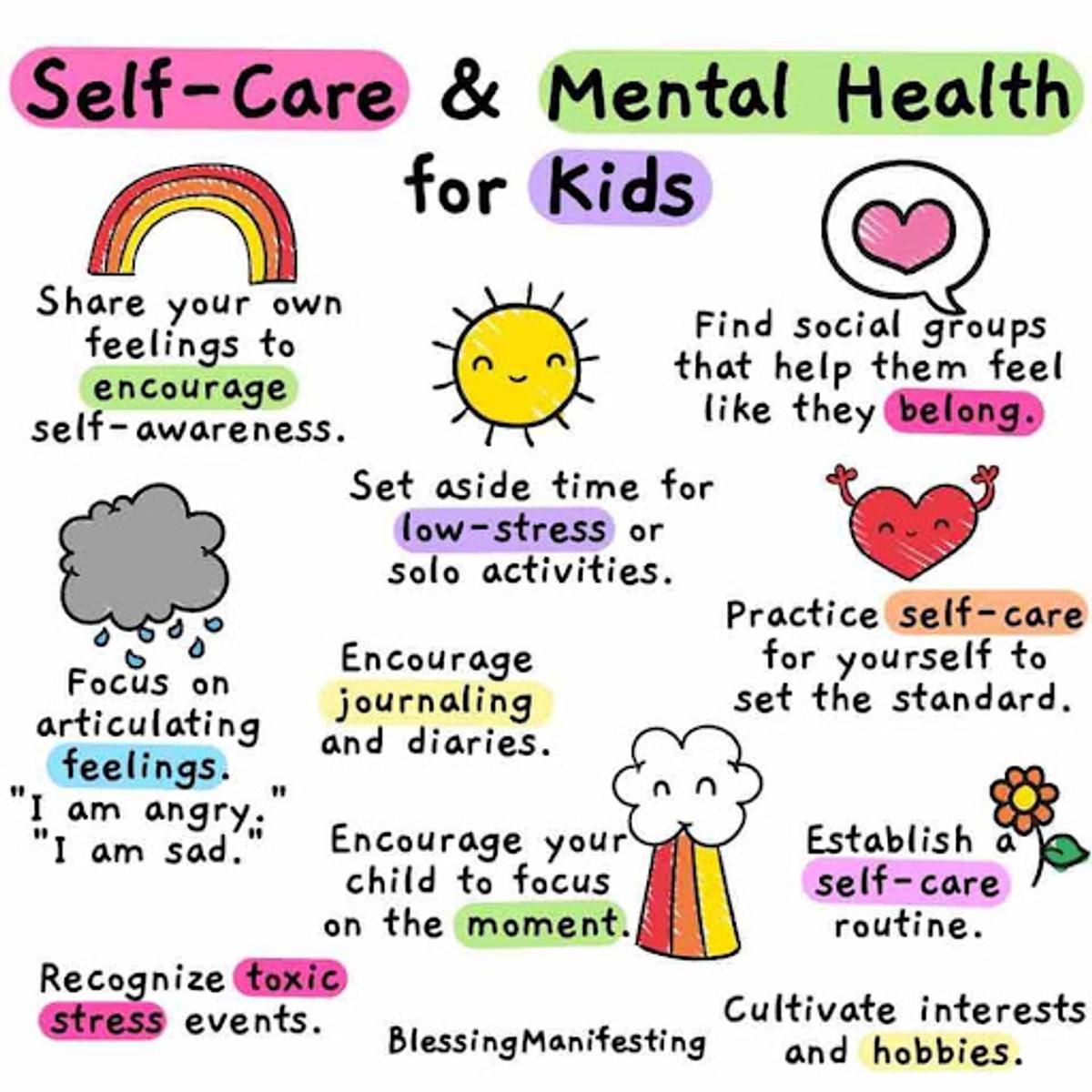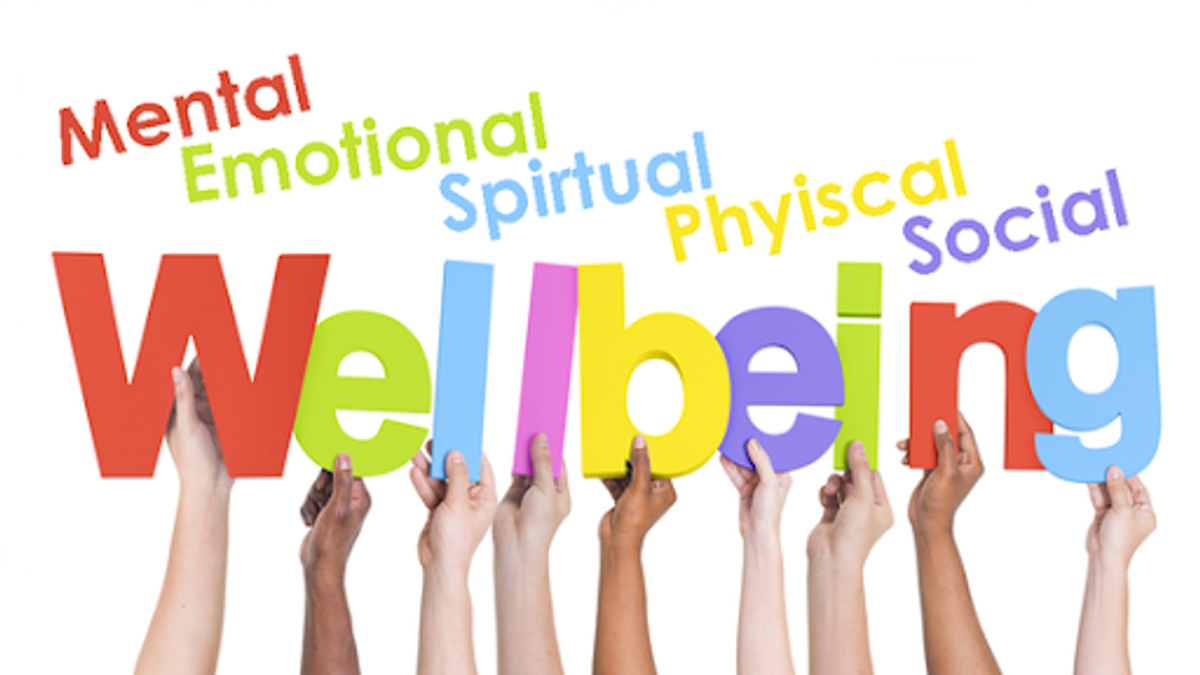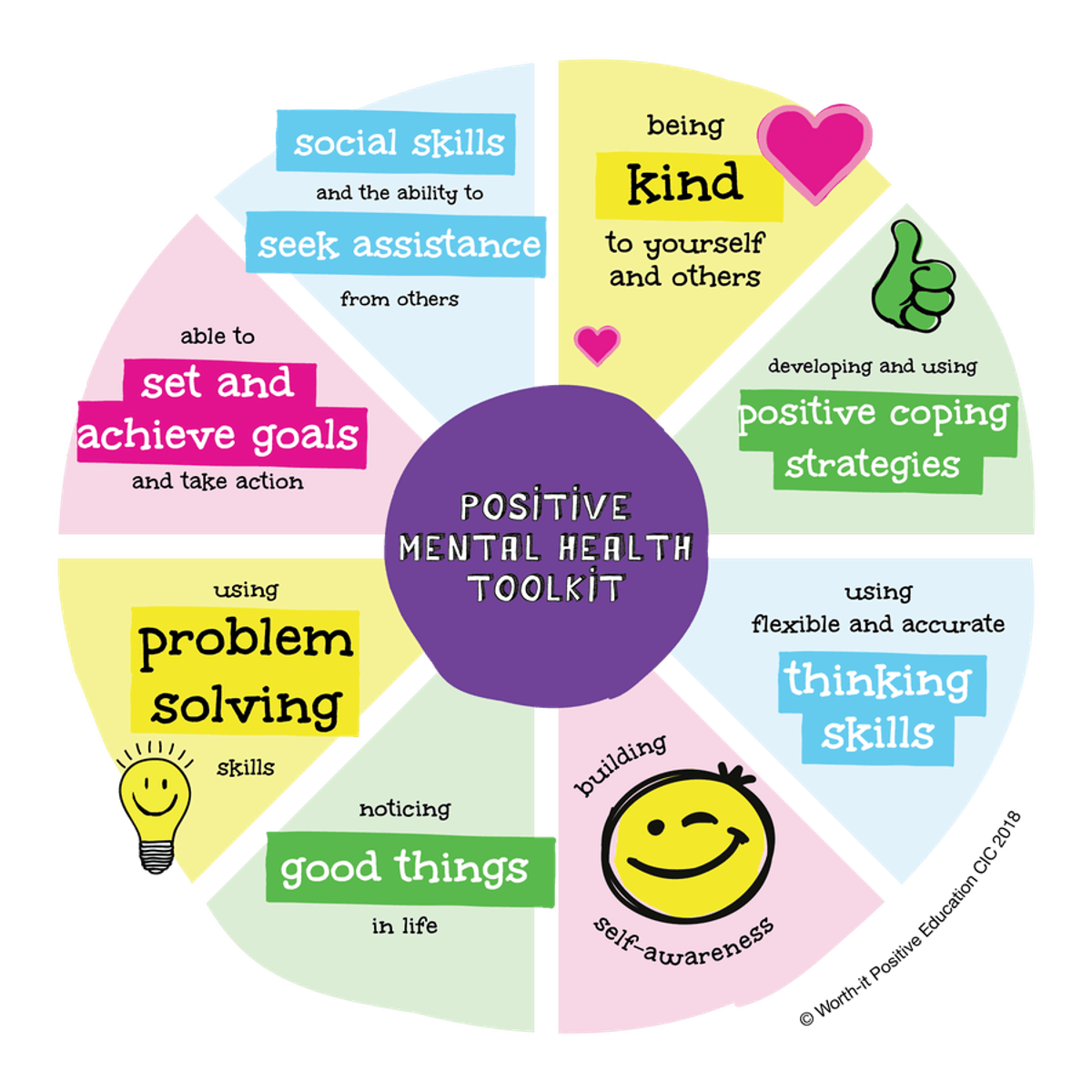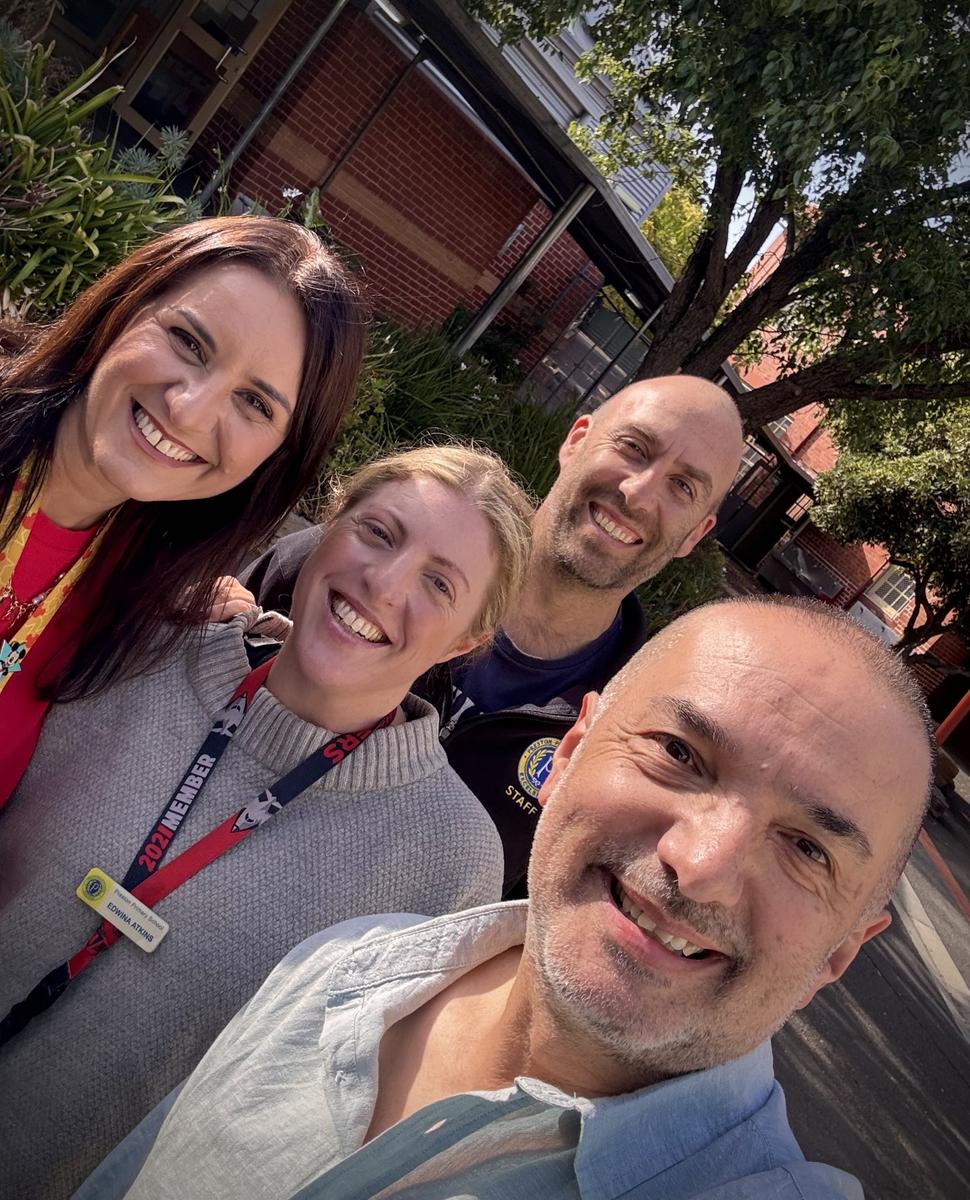Wellbeing
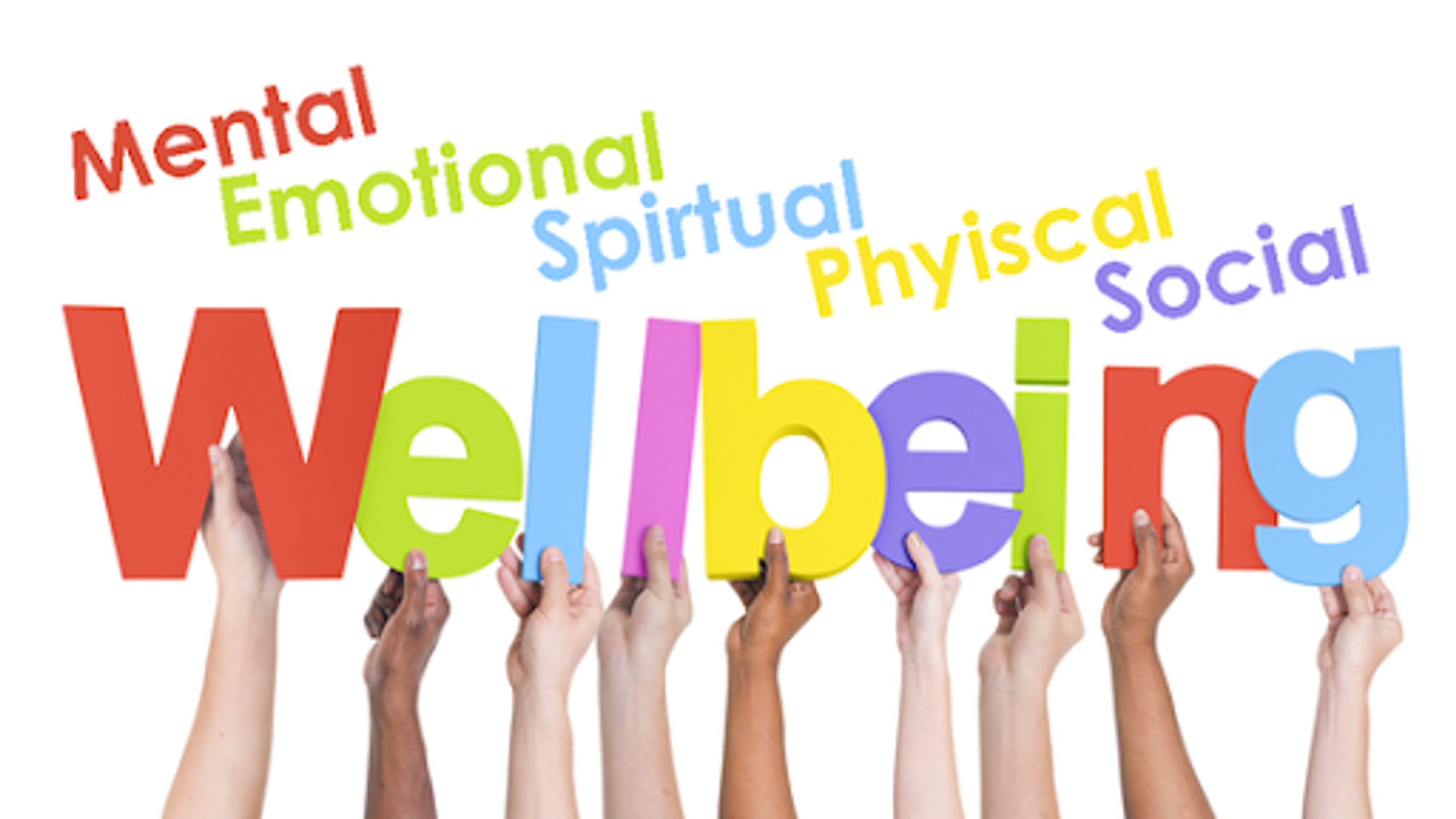
Health and wellbeing play a crucial role in nearly every aspect of our daily lives. From how we feel in the morning to how we interact with others and even the choices we make throughout the day, our physical and mental health shape our experiences. This helps us navigate through our daily challenges. The subject of Health and wellbeing is now embedded in our school’s curriculum. There’s nothing else that’s more important than being positive about our mental, emotional, social and physical health which makes anything possible.
After a couple of years of daily check-ins and using the Zones of Regulation, we are continuing to work on regulating our emotions. Self-reflection, positive self-talk and calming strategies play an important role so we can change the way we feel for more positive outcomes. We have worked on developing a toolbox full of strategies that can be used when in the different zones. Fostering and continuing to develop a positive Growth Mindset goes a long way in helping us work through the different problems we encounter.
The Four Zones of Regulation
Green Zone:
Emotion: Calm, focused, happy, content, ready to learn.
- Description: This is the "optimal" zone for learning and interaction. People in the Green Zone are calm, relaxed, and focused. They’re in a positive emotional state and ready to engage in tasks and interact with others.
- Strategies: Maintaining or staying in the Green Zone involves using strategies like mindfulness, staying organized, and maintaining healthy habits like getting enough rest, eating well, and engaging in positive self-talk.
Yellow Zone:
Emotion: Frustrated, anxious, worried, excited, silly, overstimulated.
- Description: This zone is where people experience heightened emotions that are not necessarily negative but can cause a loss of control or focus. They might feel slightly overwhelmed, excited, or anxious, or have trouble staying focused. While it's a heightened state of emotion, it's still manageable if the right coping strategies are used.
- Strategies: To manage the Yellow Zone, individuals can use strategies like taking deep breaths, counting to ten, asking for a break, using a fidget tool, or engaging in physical activity to release pent-up energy.
Blue Zone:
Emotion: Low energy, sad, tired, sick, bored, disappointed.
- Description: In this zone, individuals are feeling sluggish or low energy. They might be experiencing sadness or fatigue, or simply not feeling engaged. It's a state where motivation and alertness are low.
- Strategies Activities or strategies to bring someone into a more active, engaged state include deep breathing, taking a break, or engaging in a sensory activity like squeezing a stress ball or listening to calming music.
Red Zone:
Emotion: Anger, out of control, aggressive, livid, panic, hysterical.
- Description: In the Red Zone, individuals are experiencing extreme emotional responses. They might feel angry, frustrated, scared, or completely out of control. This is the most intense emotional state, where individuals may struggle to make reasonable decisions or manage their behaviour.
- Strategies: To de-escalate from the Red Zone, individuals may need strategies like walking away from the situation, taking deep breaths, using calming sensory tools, or speaking to a trusted adult or friend to help them regain control.
Resilience, Rights and Respectful Relationships
The RRRR focus this term is on Emotional Literacy where we learn to understand and recognise our own emotions and the emotions of others. Having the ability to recognise, understand, express and manage one’s emotions, as well as to recognise and respond to the emotions of others in a healthy and constructive way. Being able to deal with emotional triggers using strategies that we are comfortable with plays a vital role when coping with different situations.
The Resilience Project
Grades will continue to work through The Resilience Project which delivers an engaging program providing practical, evidence-based mental health strategies to help build resilience and happiness. The research is clear; the more positive emotions you experience, the more resilient you will be.
School Values
The School Values of RESPECT, RESILIENCE, RESPONSIBILITY and LEARNING SUCCESS link across all of these areas and play an important part in the make-up of who we are and who we strive to be in the future.
There is a big focus on respect this term. Respect is one of the most fundamental values that shape our interactions with others and influence the quality of our relationships. It is the foundation for trust, understanding, and collaboration, and it plays a huge role in promoting positive interactions between people no matter what age.
Health and wellbeing in schools are crucial for the overall development and success of our students. When our students are physically healthy and mentally well, they are better equipped to learn, build relationships, and navigate the challenges they face. Whether it's staying active, maintaining good mental health, making positive decisions, or fostering relationships, every aspect of daily living is influenced by how well we care for ourselves.
Schools play a key role in fostering both physical and mental wellbeing, which not only supports academic success but also helps to shape the personal growth of our students.
We are working on the positives and how we can do anything together!
Chill out and look after yourselves!
Edwina, Mavra, Jason and Joe
The Wellbeing Team


